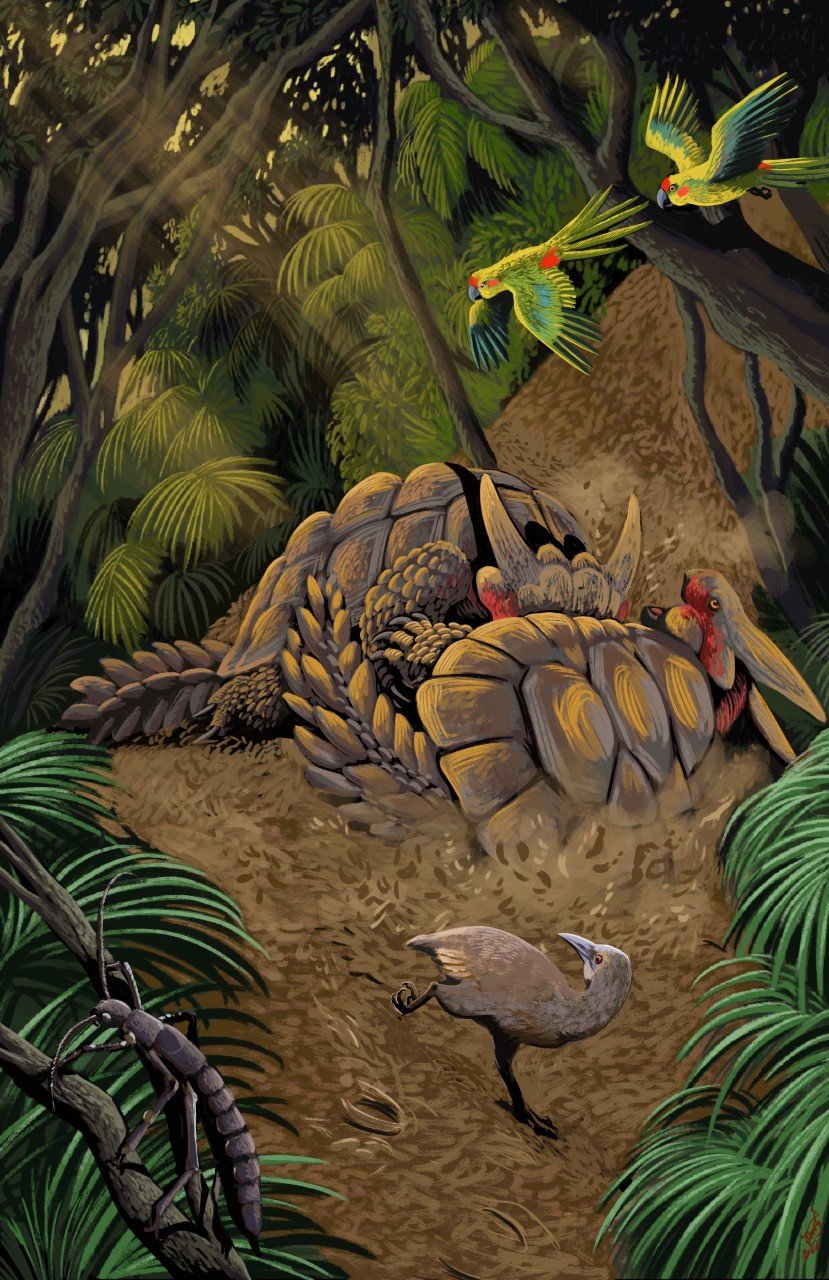
Isles of the Tasman Sea – Part I: Lord Howe
600km off the east coast of Australia, amidst the Tasman Sea, sits a tiny archipelago – the only specks of land for a hundred leagues. The Lord Howe Island Group. Today the entire archipelago is considered UNESCO world heritage due to its interesting collection of flora and fauna with high rates of endemism. Unfortunately, as is also often the case with islands, this diversity has become much diminished in historical times.
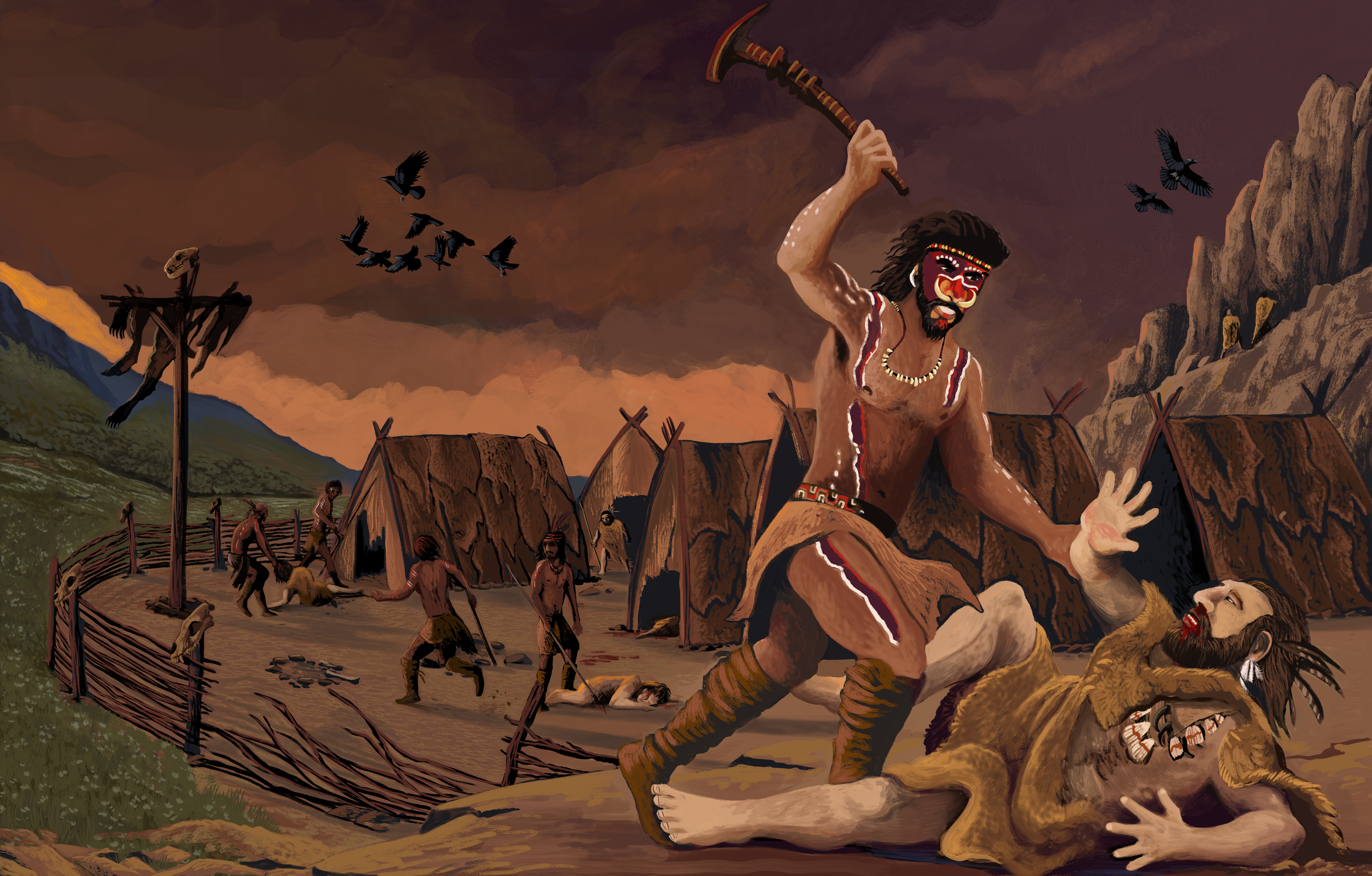
First and Last Men Part I - Adam's Kindred
It is an odd thing to consider that only a couple centuries ago there existed among neither the public nor the sciences any particular notion of prehistory. There was history, of course, a field both venerable and respected, but nothing before it. The annals of the Old Testament traced back the lines of man to the very dawn, or so it seemed, and little in the way of archaeology or palaeontology had ever arisen to complicate this picture. The histories seemed complete, a record from dawn till dusk. The process of discovery is rarely gentle. The advent of geology, palaeontology and complex archaeology have resulted in nothing less than a total reinterpretation, if not revolution, in our view of human history. If the old narratives were not destroyed, they were rendered at least vastly more complex than hitherto thought. From this process of discovery and transformation has arisen an entirely new cultural vocabulary, never before known: Extinction, evolution and the vastness of time became concepts enmeshed in popular thought. For the first time in millennia, people spoke of the mammoth and the sabretooth. For the first time in history, of the dinosaur. Yet of all the new images and ideas, perhaps the most startling was also the most familiar: the man before Man, the dweller in the grottos, the ur-person. The Caveman.
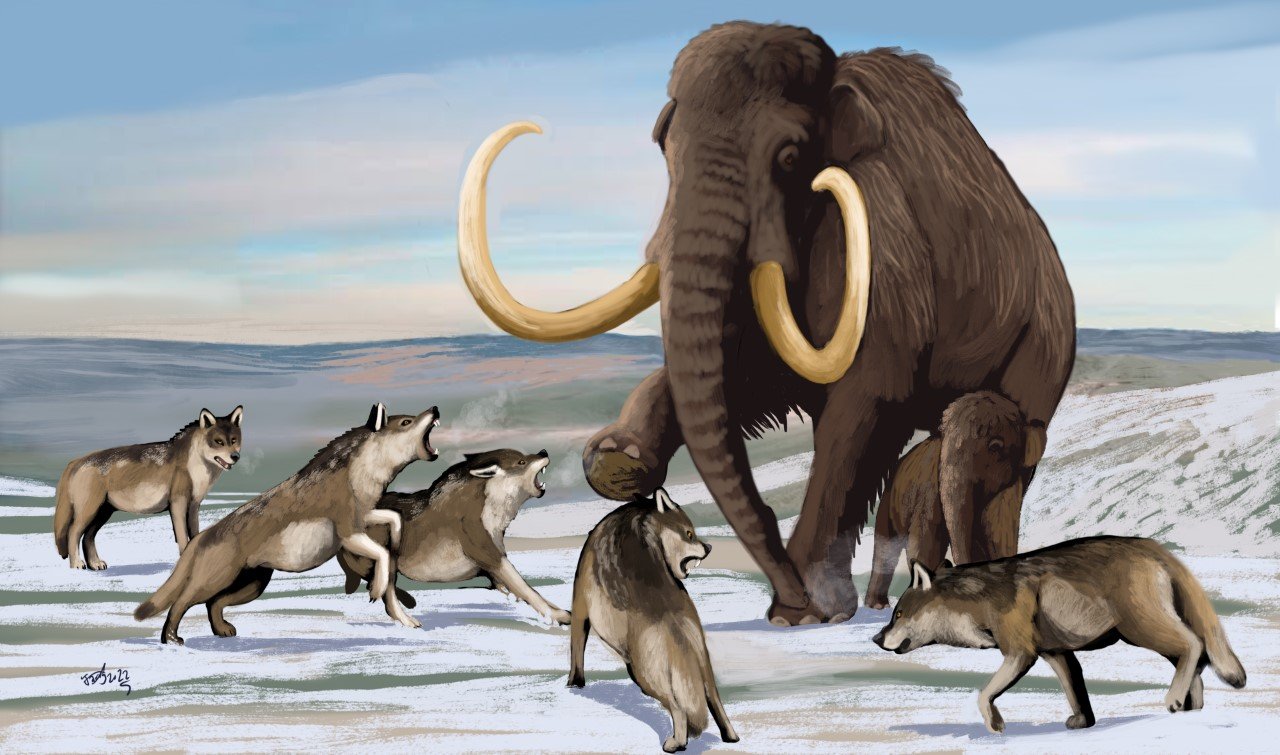
Changing the Guard: Extinction and Migration in Ice Age America
At the end of the Pleistocene, North America saw the extinction of about 70% of its megafauna guild - a catastrophic event, the cause of which is fiercely debated today. The magnitude of this loss may however be a conservative figure, a suspicion that arises when perusing the list of ‘surviving’ mammalian megafauna, because many also are present in Eurasia.
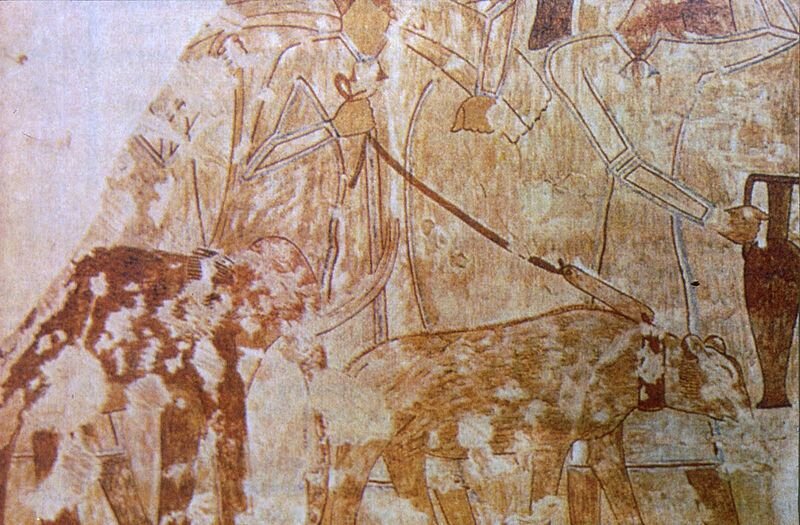
Elephants of the Aegean - Dwarfs and Giants of the Ancient Sea
The very words “dwarf” and “elephant” seem to us today utter contradictions, yet it was not always so. The Aegean, the blue heart of Greece, was once home to not one but dozens of diminutive elephants, scattered across the ocean’s myriad isles, isolated for hundreds of thousands of years. Until they weren’t.
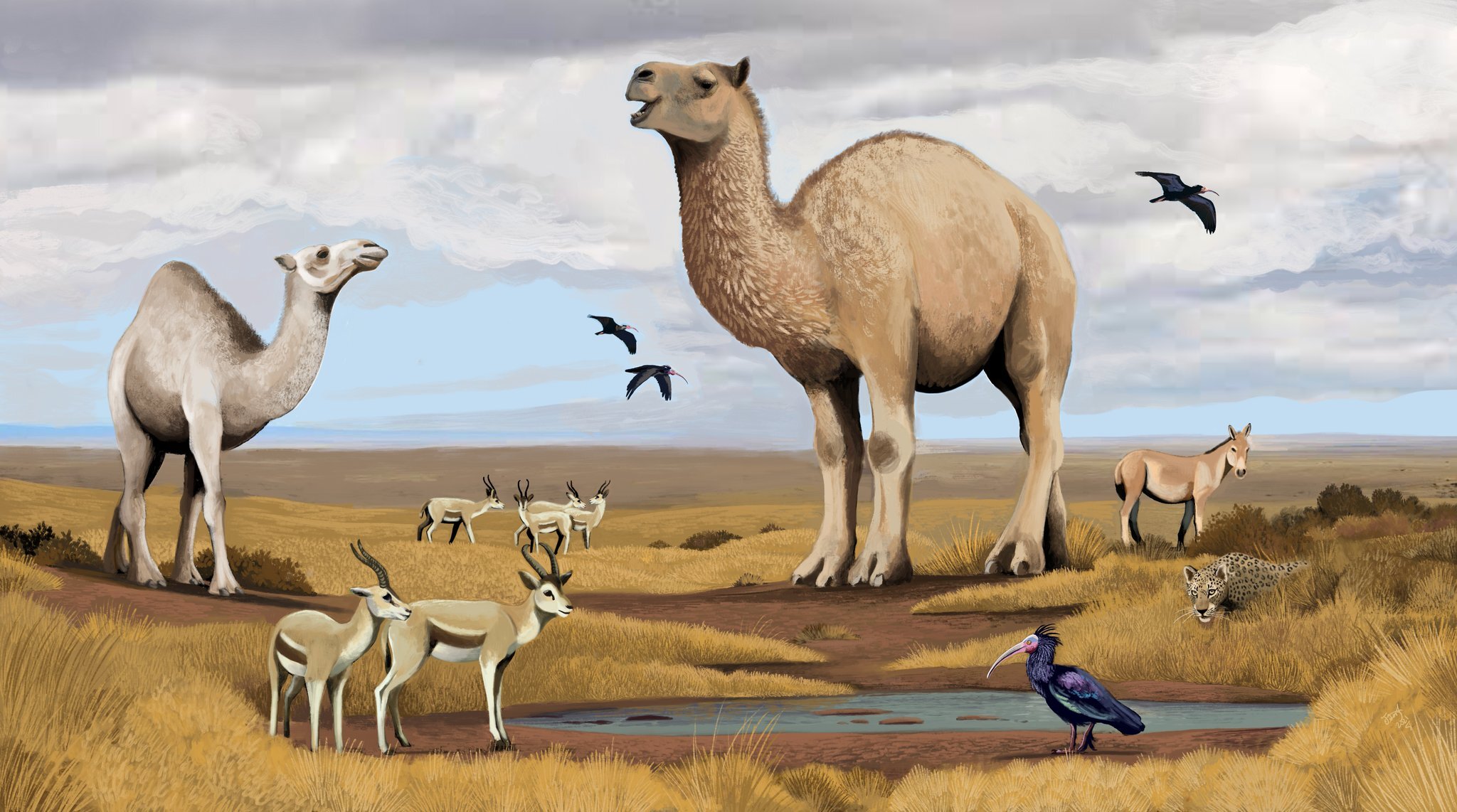
The Mysterious Origins of the Dromedary
Dromedaries have been one of the most important domesticated animals in human history, yet their origins remain unclear. Fossils are restricted to the Holocene and their affinities to other species a matter of debate.
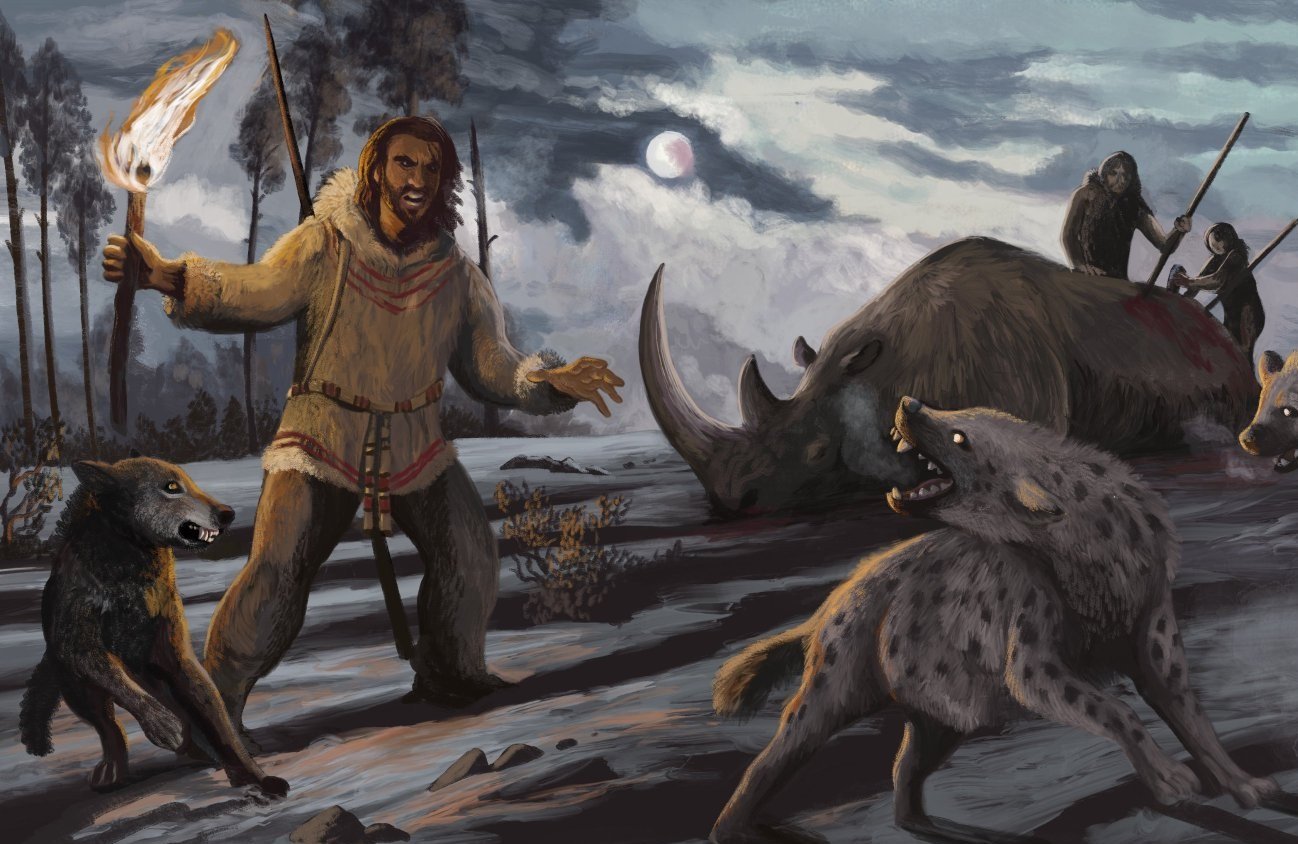
Europe - Part II: The Human Dimension
Around 40,000 years ago, an event occurred that would change Europe forever - Man had come. But what role did early humans play in the transformation of Europe’s ecosystems and the vanishing of the megafauna, and what of the Neanderthal?
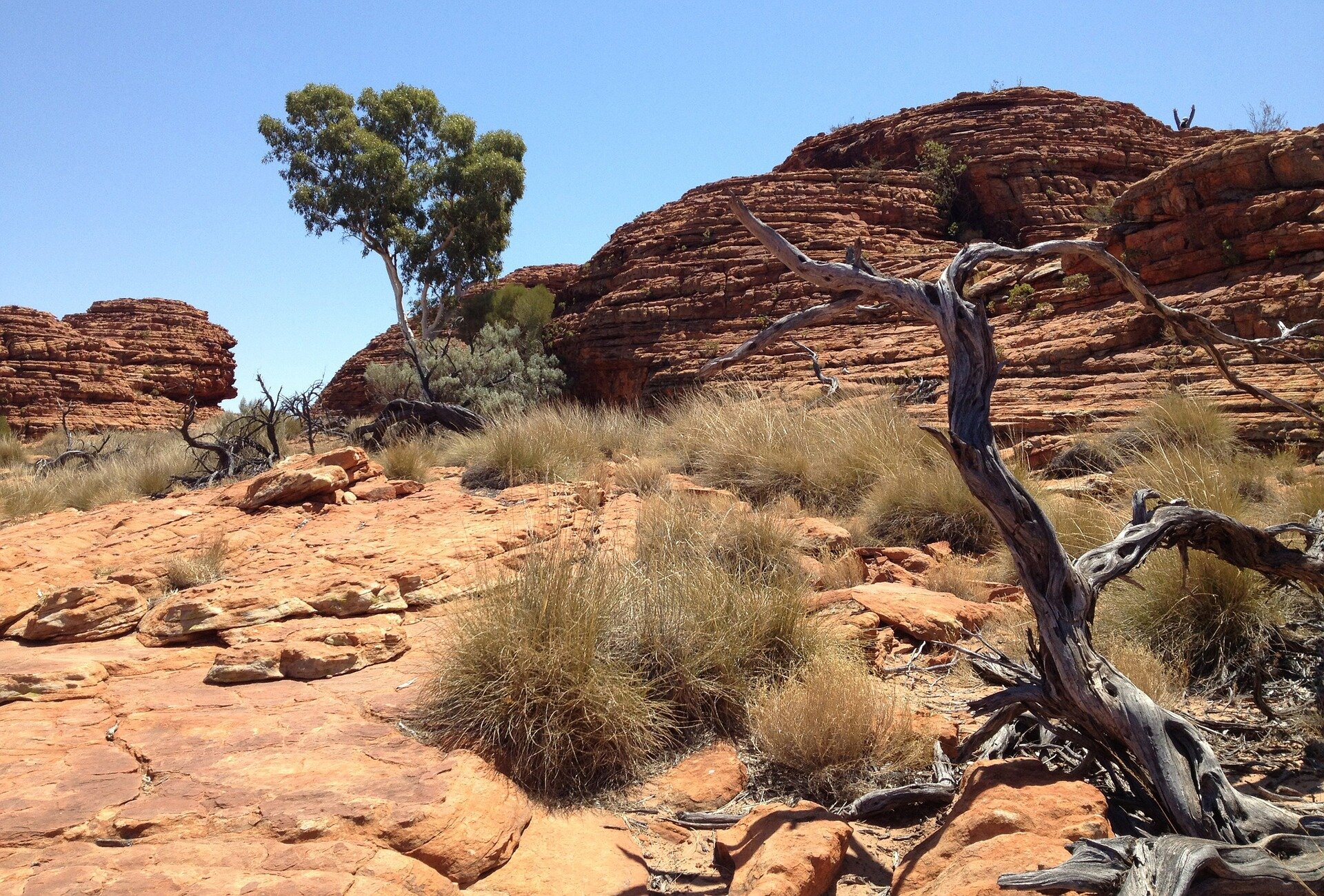
Sahul - Part II: Climate Change
Australia is a dry land, but it was not always so. The transformation of the landmass from one of savannas and rainforests to ‘the Red Continent’ has often been posited as an explanation for the disappearances of the region’s ancient megafauna. Yet does the evidence bear this out, and what role does Papua New Guinea play in the conversation?

Sahul - Part I: Timeline
Before the seas came in, Australia and New Guinea were once a single landmass - ‘Sahul’ . It was the home of giant lizards, of wombats the size of rhinos and of bizarre forms, entirely vanished today. This first part in our series on the Sahul extinctions explores the timeline of events - a tangled topic, whose resolution will help our understanding of just what happened to Australia’s lost giants.
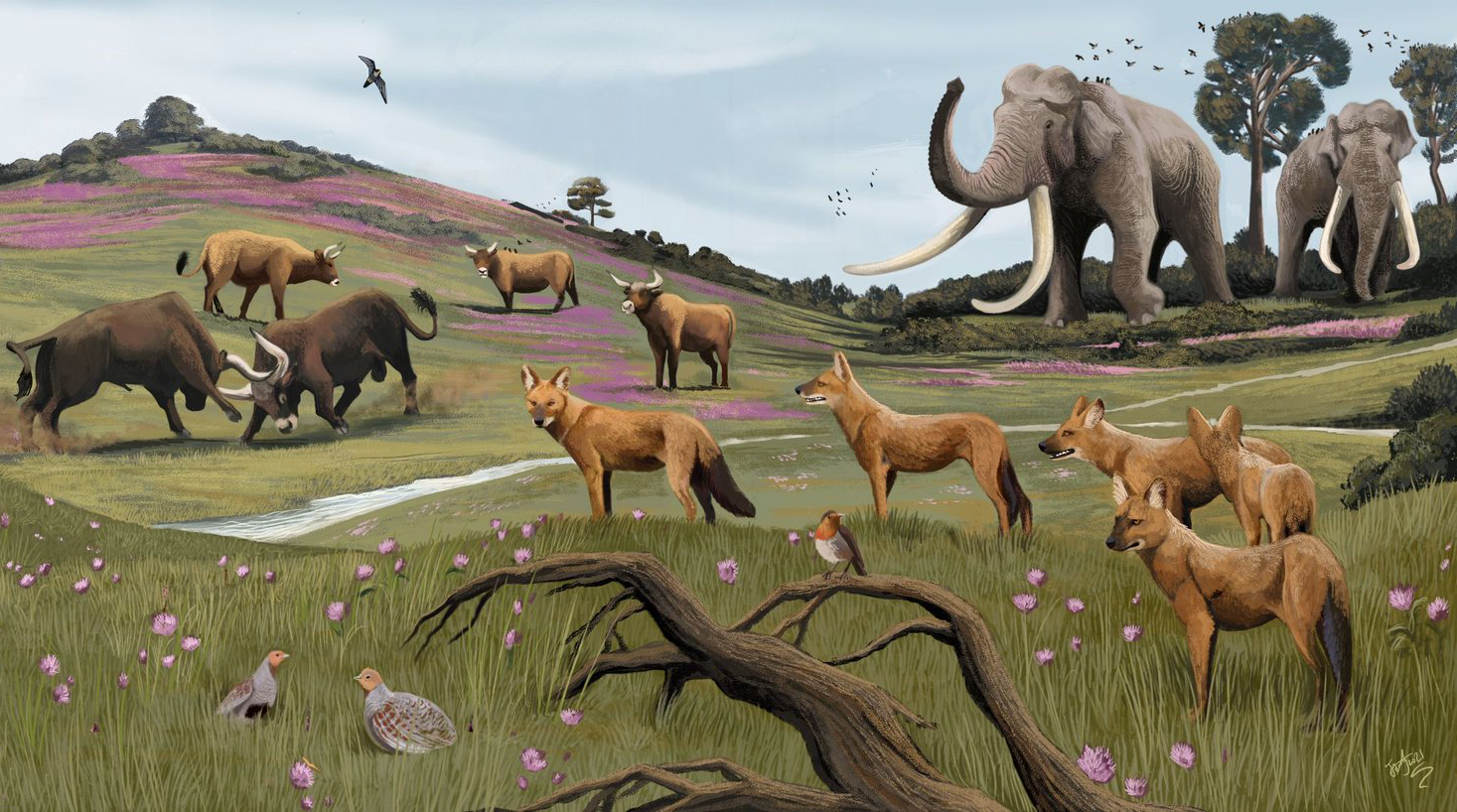
Europe - Part I: Prelude and Climate
Before the age of farming was an age of hunters; before the age of hunters was an age of giants. In this first part of our series on the European extinctions, we describe the continent’s original ecosystems, before the vanishings, and analyse the evidence for a climatic explanation.
